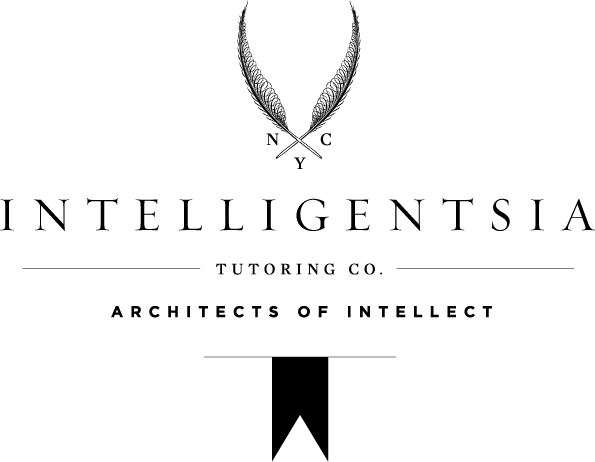In a 1974 issue of the New York Review of Books, Joan Didion authored a short essay about writing entitled, simply enough, “Why I Write.” Didion’s choice of title bore more than passing resemblance to an essay by George Orwell written some 28 years earlier, a fact she was in no way attempting to conceal.“Why I Write,” she claims, is “stolen” from Orwell — thieved because, as she puts it, she liked the way the words sounded. Here’s Didion:
you have three short unambiguous words that share a sound, and the sound they share is this:
I
I
I
In many ways writing is the act of saying I, of imposing oneself upon other people, of saying listen to me, see it my way, change your mind.
For Didion, writing is an intensely personal act — it’s about the individual writer and their effort to convince the reader of their line on things. In this way, she echoes Orwell, who suggested that writing had more than a little to do with ego.
It’s more than this, though.
For Orwell writing is political too— a way of staking one’s place in history, of arguing for what’s right and decent. And for Didion it’s a way of processing those rare, strange moments that jump out from the banalities of day-to-day life. For both, writing has to do with figuring out problems: it is a way of understanding oneself in relation to the world.
Put far more simply: writing helps us think.
In fact, it might be said, not at all unreasonably, that writing and thinking are mirror processes, and that they are two of our most trying intellectual tasks. But however closely linked writing and thinking appear, they differ considerably in form.
While I was writing the second chapter of my dissertation, for a good six months I struggled to write a certain paragraph. There was research and synthesis to be done, compacting a broad field of study into a series of pithy and legible declarations. I did it, but it took a good deal of time and not a small amount of my sanity. As I revised the chapter, though, it turned out that this long-labored-over paragraph would in fact be a footnote, a mere way-station en route to a different, more important argument.
I was upset. I called my advisor: “Six months! Six! For a footnote!” He replied calmly, almost cheerful: “yeah, man, talking about ideas is fun, but thinking is hard.”
It’s true, thinking is hard. And it turns out writing may even be harder. Language is a Rube Goldberg machine: it fails us, breaking down over even the most simple idea. The written word is ill-fit to experience, and everyone since the Greeks knows this.
But this is also why writing is useful. Writing, I want to propose, is an experience of our intellectual limits. To struggle with writing is to struggle with thought itself. To be able to write something down to satisfaction — clearly and with confidence — is no mean feat. It signals that that thought has become legible, well-formed, crisp. It means that you have, if only for a moment, really understood something.
I suspect this is why the personal essay looms so large in college admissions: because the essay is an imprint of one’s agility as a thinker. And more than anything, intellectual agility is what makes a great college student. A written work— carefully tuned and expertly turned — is the expression of one’s most ambitious thinking self.
Thinking is hard. That’s why we write.
— Bob Ryan
Join Bob for his online seminar Writing Yourself: The Personal Essay And Why It Matters in which he will introduce students to the fundamentals of writing a personal essay with an eye toward the college application.
Bob Ryan is a humanities tutor and college essay expert living in NY. He has recently joined Intelligentsia and we are thrilled to have him on board.





